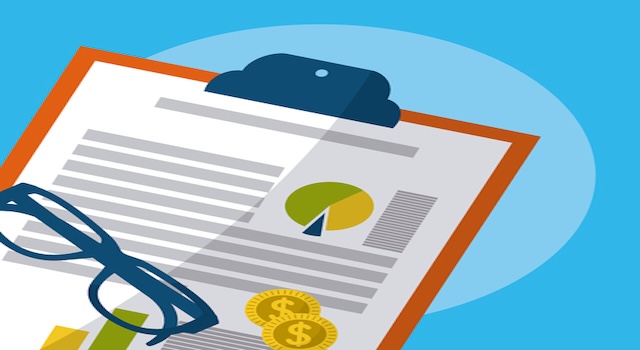Artificial Intelligence
Compliance (CaaS)
AI & LLMs for Compliance Intelligence: Beyond Rule-Based Systems

Summary: Traditional compliance software relies on rule-based systems—effective for static regulations but limited in agility. With laws evolving rapidly and regulatory texts becoming more complex, AI and large language models (LLMs) are emerging as powerful tools for compliance intelligence. They enable organizations to interpret, map, and respond to regulatory changes faster and more accurately than ever before.
The limits of rule-based compliance systems
For years, compliance software has depended on if-then rules and checklists. While useful for structured tasks, these systems struggle when:
- New regulations emerge with ambiguous or complex language.
- Multiple jurisdictions use different terminology for similar requirements.
- Interpretation requires understanding context, not just keywords.
- Rules overlap or contradict each other across industries or countries.
How LLMs are changing compliance
Large Language Models, trained on vast amounts of legal and regulatory text, can enhance compliance software in key ways:
- Regulation summarization: LLMs digest long regulatory documents into clear, actionable briefs.
- Obligation mapping: AI identifies specific obligations relevant to a company’s operations and industry.
- Semantic matching: Instead of relying on keywords, LLMs understand context to align policies with compliance requirements.
- Continuous learning: Models improve over time as they process more laws, policies, and compliance outcomes.
Real-world use cases
Organizations are already applying LLMs to streamline compliance:
- Regulatory monitoring: AI scans and interprets global legal updates, alerting teams to relevant changes.
- Policy generation: Drafting internal policies that align with external regulations, reducing manual legal work.
- Risk analysis: Identifying areas where existing controls may fall short of new requirements.
- Audit preparation: Automating evidence collection and mapping it back to regulatory language.
Benefits of AI-driven compliance intelligence
- Speed: Interpret regulatory changes in days instead of weeks.
- Accuracy: Reduce human error in interpreting dense legal text.
- Scalability: Handle compliance requirements across multiple industries and jurisdictions.
- Proactivity: Spot risks and obligations before regulators raise them.
Challenges and considerations
Despite the promise, AI-driven compliance requires careful management:
- Transparency: LLMs can produce outputs without clear explanations—raising governance concerns.
- Bias in training data: AI may inherit systemic biases from its source material.
- Regulator acceptance: Some regulators may question AI-driven compliance documentation.
- Human oversight: Legal and compliance teams must validate AI interpretations.
Conclusion
LLMs are pushing compliance automation into a new era. By moving beyond rigid rules, they provide intelligent insights that help organizations stay ahead of regulatory changes. The future of compliance isn’t just about automation—it’s about intelligence, agility, and pairing AI with human expertise to build trust and resilience.






